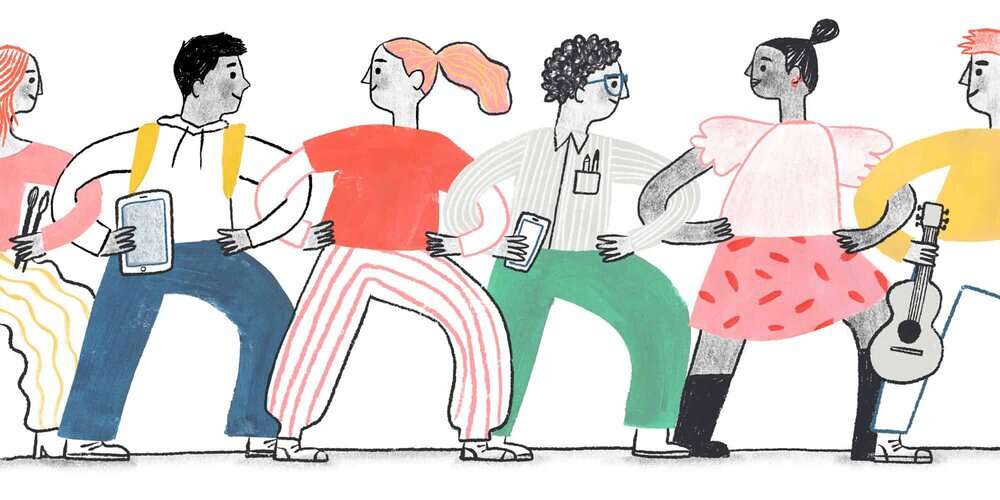How Do Emotions Show Up in Your Body?

Throughout the day, you probably experience many different emotions. These strong, brief reactions are often sparked by an event (like a test), a person (like a friend), or a thought (like weekend plans). Unlike moods, which are a state of mind that may last a long time, emotions tend to be short-lived (for more, see Emotions vs. Moods).
The head, gut, heart, and airways are four common spots where many people feel their emotions. For example, when you’re angry, you might feel like a band is tightening around your head or your stomach might be upset. Both excitement and fear can cause you to breathe more quickly, feel like you have to go to the bathroom, or make your heart beat faster.
Emotions can also show up in other places in the body. Maybe your neck muscles tense up when you’re taking a stressful exam and your shoulder muscles relax with relief when it’s over. Maybe you feel happiness surge through your body when your crush texts you. You can sense a lump in your throat when you’re sad — even tears are a physical reaction to feelings.
Of course, everyone is a bit different. So you might feel emotions differently in your body than a friend does.
Understanding Feelings—High School
Watch a video of teens explaining how they feel emotions in their bodies from Child Mind Institute .
The Child Mind Institute
The Child Mind Institute is a leading nonprofit organization working to advance children’s mental health through compassionate care, neurodevelopmental science, and resources for families and educators
What to try
You can use physical sensations in your body to help you recognize your emotions — and to guide how you respond. Here are three keys that can help:
- name it
- accept it
- choose how to respond.
Name it
Naming your emotions can help you recognize triggers and how you react to them. It can also help you relate to other people as you start to recognize how their emotions show up, too. Are you excited? Nervous? Angry? Try using this Opens in new tabworksheet on identifying emotions in your body from Harvard Graduate School of Education. This can help you determine how you’re feeling and where those emotions are showing up in your body. Filling in the journal prompt encourages you to think about how you’re expressing these emotions, too.
Accept it
It can be easy to judge our own emotions as too much or too confusing. Your inner critic might say, “I shouldn’t be so upset about this!” When that happens, take a moment to remind yourself:
- Everyone experiences lots of emotions.
- All of our emotions are okay.
Rather than trying to bottle up your feelings or put on a good face, allow yourself to feel and express emotions. You might tell yourself, “It’s okay to be upset about this” or “It’s normal to be nervous before a big game.” Instead of criticizing yourself, be your own best supporter!
Choose how to respond
What can you do next?
Sometimes you don’t need to do anything about an emotion except recognize and validate it, and then let it pass. Other times, it might be a signal. For example:
- If your muscles are clenched because you’re angry about what your friend said to you at lunch, you might need to talk to that friend (use “I” statements such as, “I felt hurt when you said…”).
- If you have a headache because you feel overwhelmed by your math problems, you might need to take a 10-minute study break.
- If you’re the lead in the school play and your heart is racing before you go on stage, you might need to step outside for a minute and do a quick mindfulness exercise.
To learn which calming skills work well for you, see Grounding exercises and Breathing exercises.
— submitted by a Young Person
Brain-Body Connection

Fight, Flight, or Freeze
Understand your body's natural stress responses and how to manage them effectively.
Read more about Fight, Flight, or Freeze
How Mental Health Conditions Show Up in the Body
Identify physical symptoms that may connect to anxiety, depression, and other conditions.
Read more about How Mental Health Conditions Show Up in the Body






